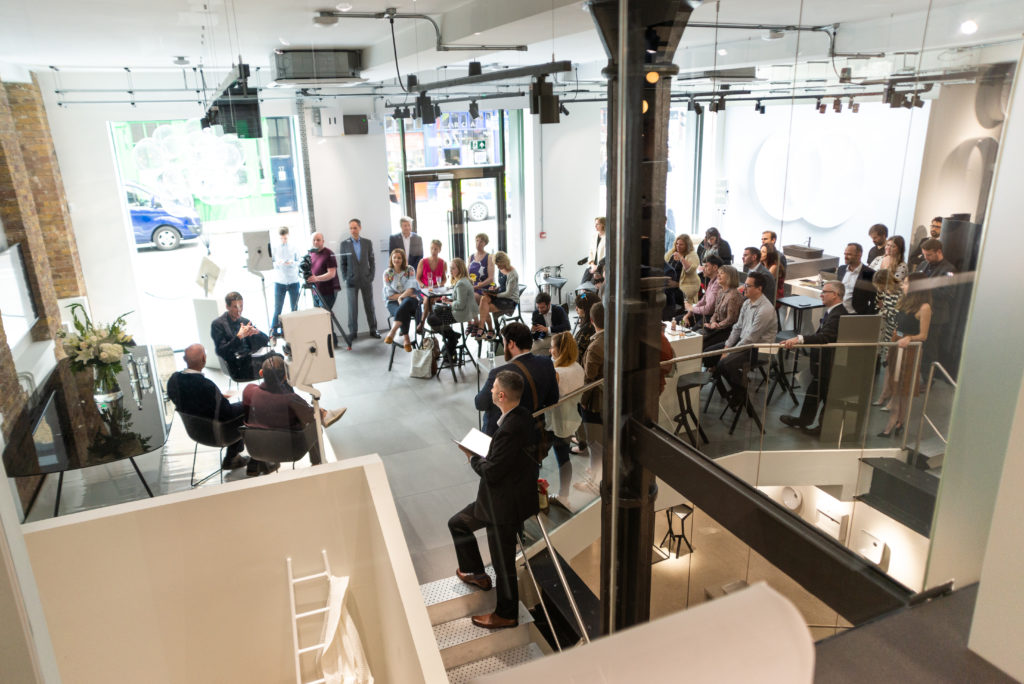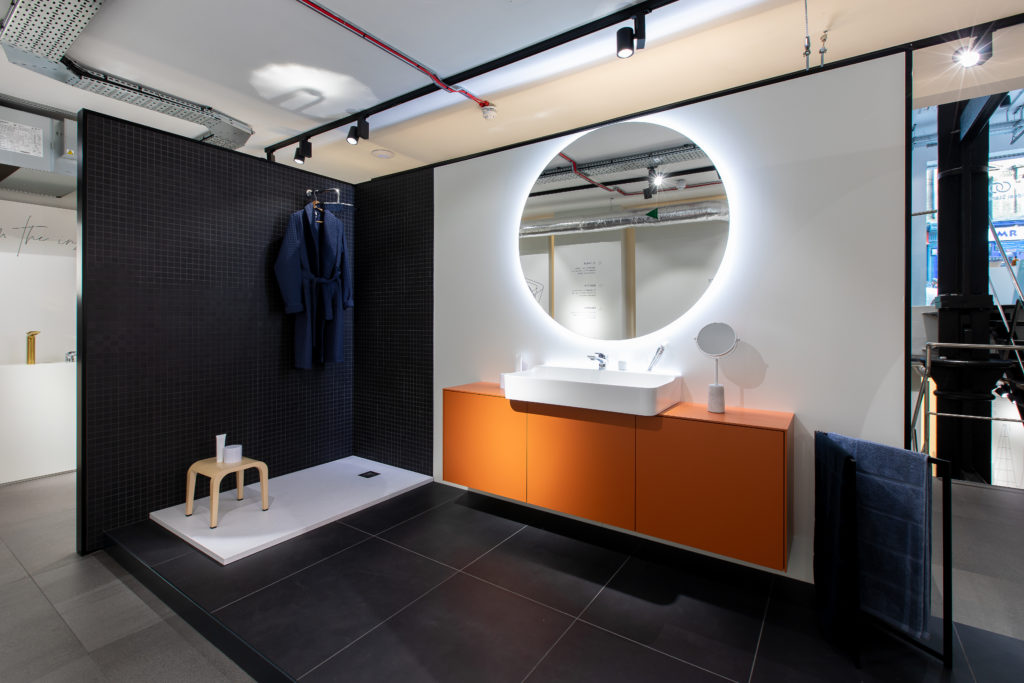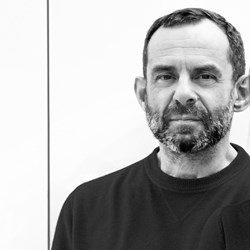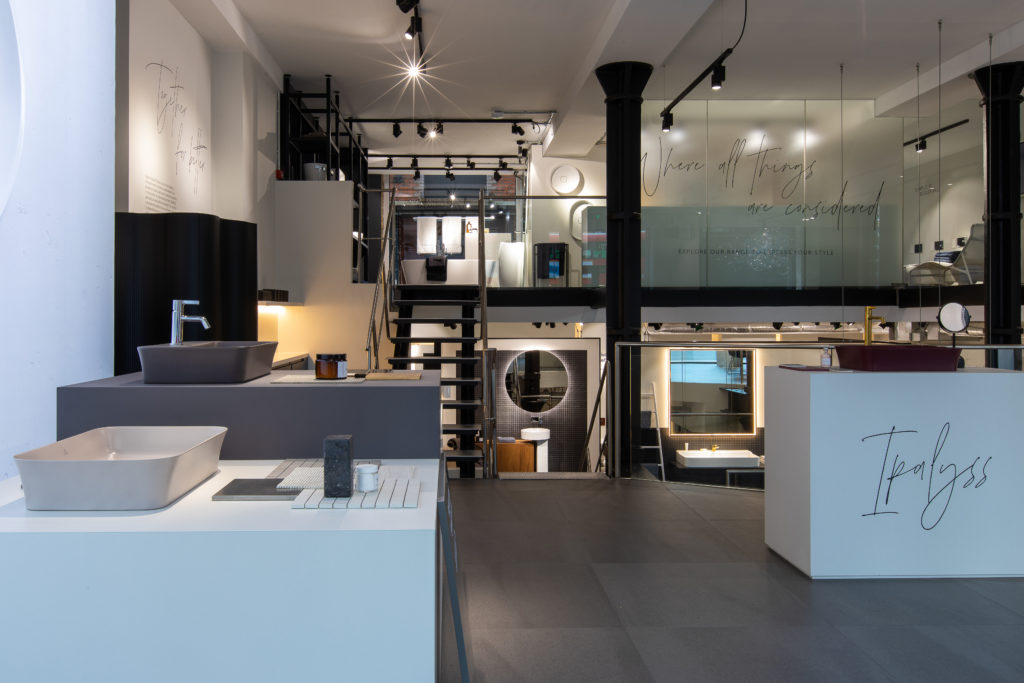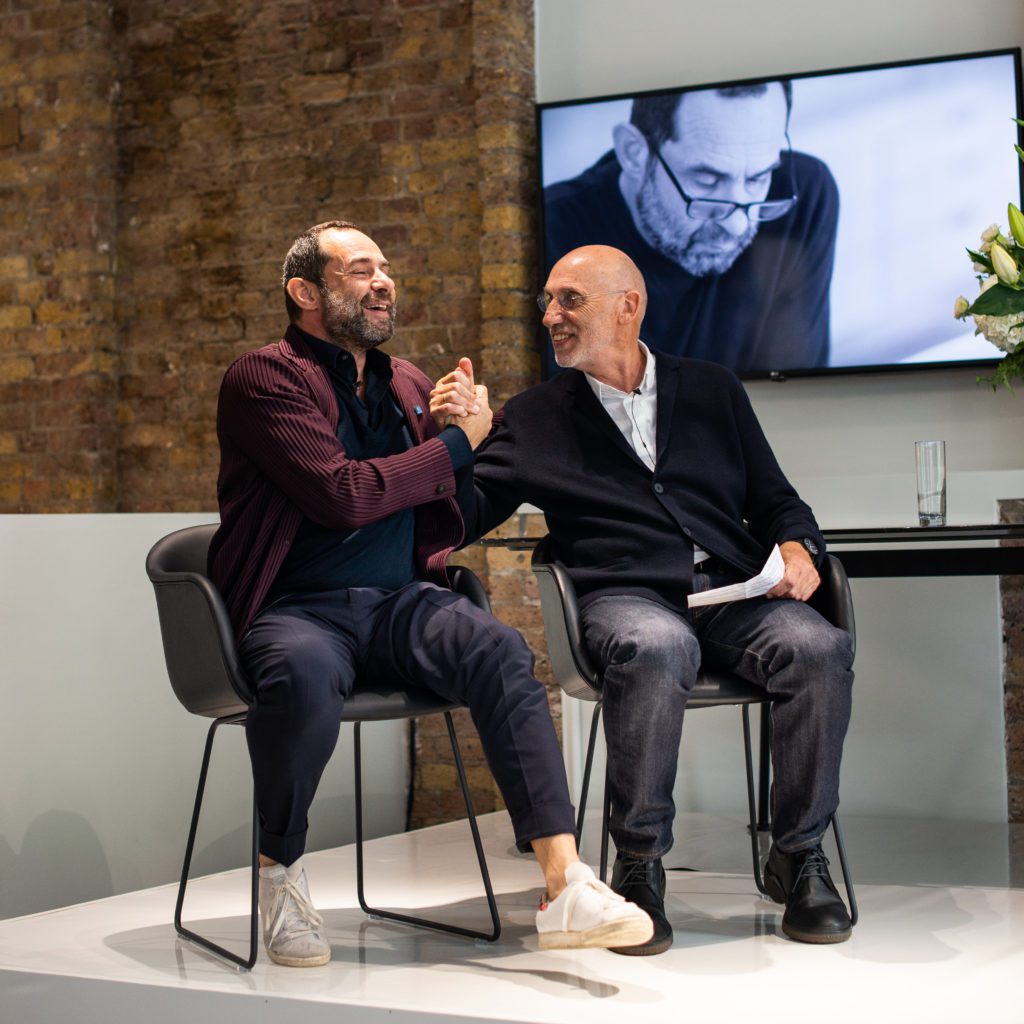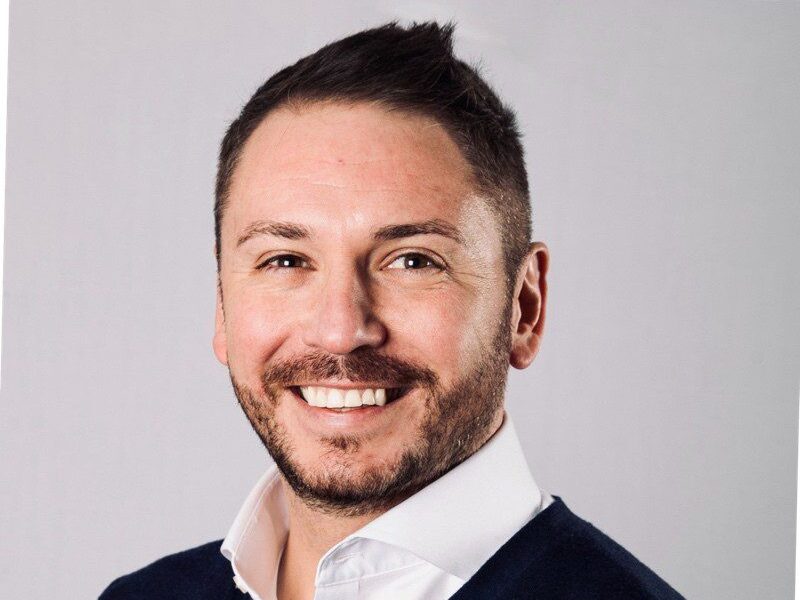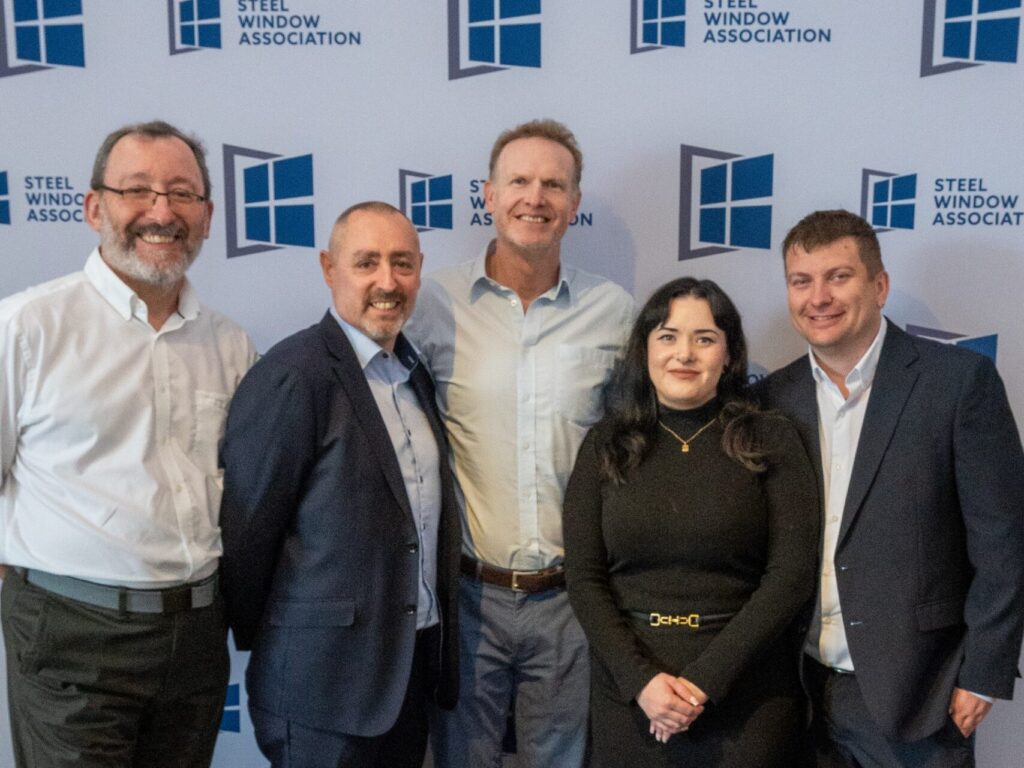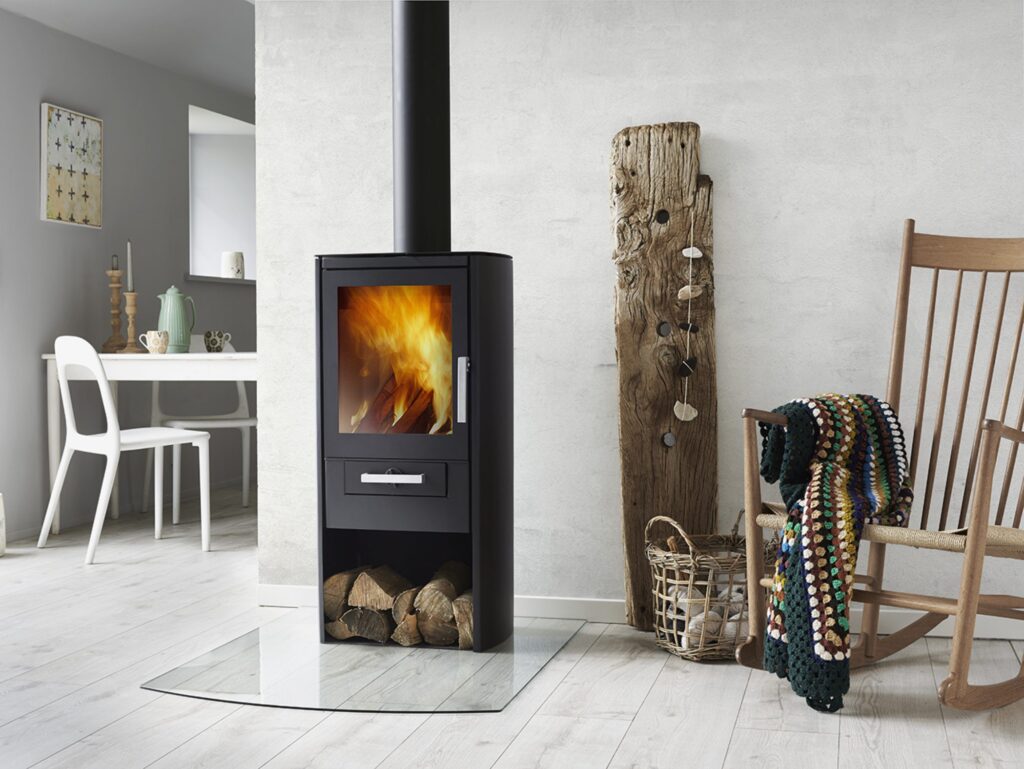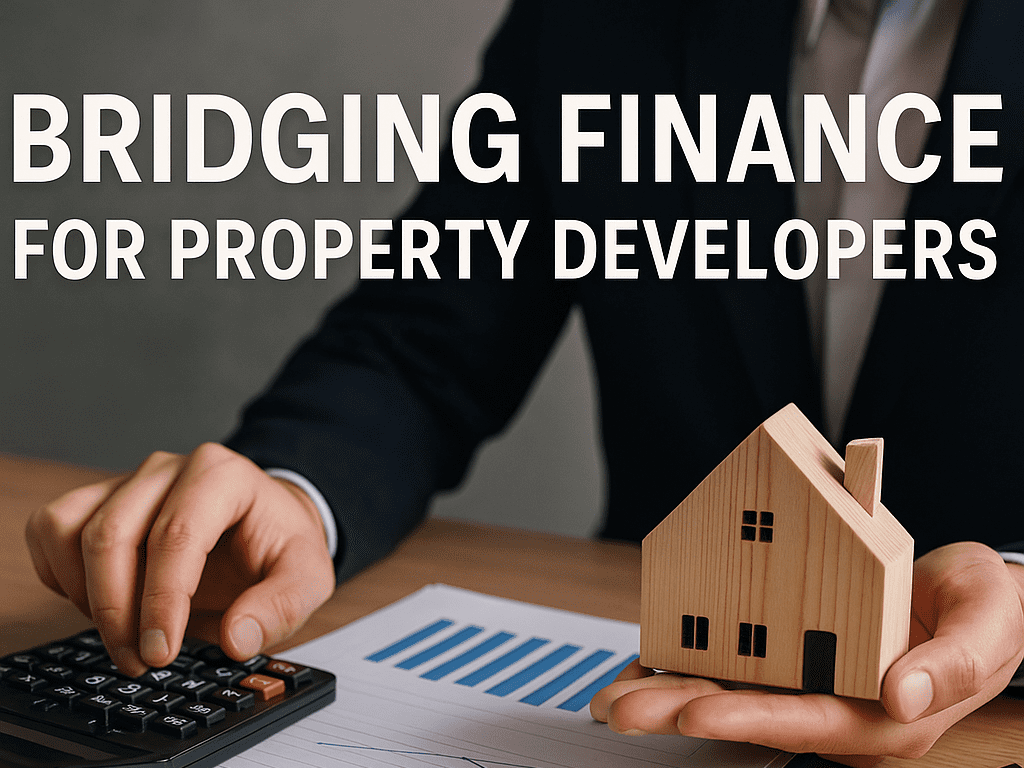Showhome magazine sits down with Roberto Palomba and Robin Levien, Designers, and Stephen Ewer, Managing Director, Ideal Standard. We discuss the evolving trends in the market place, and how Ideal Standard meet those innovation standards

What distinguishes Ideal Standard in the market place?
Ideal Standard has a house of brands, with a broad reach. Ideal Standard is well established in the UK in residential primarily, and somewhat in retail as well as Armitage Shanks, 200 years young last year. Ideal standard’s ceramics are all manufactured in the UK. We are the last remaining large-scale ceramics manufacturer in the UK, so there is a clear point of difference which supports the brand. Coupled with Armitage Shanks which is associated with functional buildings. Over the last few years we have developed that into hitting a design point as well. Our Sottini brand is positioned in two main areas of the market – the higher end residential, and in retail and we have seen great success over the past few years.
I think the brand portfolio that we have across Ideal Standard gives us a strong coverage across the market place. We tend to be quite trusted due to our manufactured ceramics, as well as in brass taps. We invented what is known as the cartridge, which is the single lever taps.
What did you want to achieve with this showroom?
Innovation, technology, dedication to brands, and design. It’s a bit of all of those things. It’s a significant investment for us. We were very clear on the location as it’s in the heart of the architect and design community, so that was important for us. We also wanted a more prominent shop window. The showroom element enables us to showcase innovation, our brands and show new teasers of new products coming. The four floors allows us to have a gallery, it’s a nice format. The window view would be an appetiser of our designs and what’s coming, and the lower level is more commercial. We can have customer meetings here, where we can put a whole set together bespoke to their requirements.
This is primarily a design and specification centre rather than showroom, and that’s how it will really impact the business. And this is how we can really interact with the design community and our partners as well.
How do you show your dedication to innovation?
We are following the trends in the market place, and anticipate things. The case of lightening that Robin mentioned in his panel talk, the technology that has changed in ceramics production that has the ability to have thin wall, almost dining plate thickness and lots more. We clearly see the trends in the market place, like the aging population, that’s a clear megatrend. So, going from using our expertise in healthcare and hospitals where we are quite dominant, we are adapting for wider healthcare use. That’s one area that we are looking to innovate, to a different kind of market. For example, thermostatic controls on a bath, without divulging any new products that might be coming along!
We have a process in the business, we have an innovation hub, a new pipeline, and then we bring those to market. Smaller format bathrooms is still a trend, wetroom styled bathrooms, but equally so is opening the bathroom into the bedroom, which brings in challenges with colours and freestanding baths, and all of those things. Sustainability and life cost is becoming increasingly important to the millennial generation. They’re asking about the water usage, the energy usage, because of the pocket and the environment. We are taking products, like the Aquablade and democratising it so that it appears in more ranges, so that we tackle that affordability point. The technology, like innovations, continues to drive that in new directions. We think at the moment the design point, the affordability, the flexibility and inclusivity are big.
We are continuously seeking to innovate and provide solutions for new markets and challenges.
Discussion with the experts: Robin Levien and Roberto Palomba
The designers behind Ideal Standard talk to Showhome about the form and function of the bathroom and its design.
What changes have you noticed in the bathroom?
Robin: Other changes in the bathroom, that’s a big question. If you start analysing what happened, it was computerisation that made it possible to manage that amount of stuff. In the industry we talk about SKUs and you can’t have a range of 100 items without having computers to control that management of the product line, that’s a significant aspect. Design became popular. They educated the public about the design so that the public became a lot more conscious about it and interested. It has become a revolution and people care and know and understand more about design.
Do you think a lot of that change is because of customer demand?
Robin: Totally. Somebody came up with the idea of the ‘prosumer’ instead of the consumer, as you are an intelligent person who is understanding what it is, they’re buying and need to find something that they believe in, and like and want to have. Things have changed dramatically.
With the ability of new technology and sustainability becoming an integral component of the end product, what sparked this in your design?
Robin: Things have not actually changed as much as we all think they might have. There are certain constant things that are still there, and I think we both feel the same way about design. If you can keep it simple and under styled, not too loud or expressive, it’s going to be easy for people to live with and enjoy using for part of the lives for a long period. That’s always what we’ve been doing, and it does help along the line of sustainability and environment because you’re not throwing it all away. Somebody goes to look around an apartment or a house and looks at the bathroom and says, “That’s okay, we can live with that”, and for me that’s fantastic, an accolade.
Roberto: The more you know, the less you need. There is no poor and no cheap in simplicity, it is a philosophy. When we talk about simplicity we are talking about the most complicated thing in the world, because our simplicity is a result of a long-lasting culture of choice and selecting. It is not just the sense of “I’m losing something”, as we have nothing to lose, we choose what we really want and that is what we think we need. Robin and I share the same design thought, we are not minimalistic at all, but we are selective in what we do. We select the shapes, the proportions and the size of what we do. Perhaps we spend a lot more time that our colleagues who continuously add as they are not so sure of what they are doing and hide behind the elements. I’m trying to start a battle against not being responsible for what we design. When we talk about simplicity, we talk about a culture that makes us sure of what we are doing. It is an item that is perfect in its simplicity, until it is analysed and its complex elements.
Robin: Simplicity is very hard to do, because ‘simple’ is not hard to do’, you have nowhere to hide. If someone looks at one of my designs and says, “you can’t improve it and there is nothing to add”, then I am really happy.
Roberto: That’s what I was saying about trends and colours. What we have from the past today, if there is something good, then we can keep it, we don’t have to substitute it with something else. There are no trends today, but also, all the trends. Before, there was design, music poetry, and today there are designers, musicians and poets. Each one is able to express their own heart. At the same time nobody can say, “you are up-to-date, and he is not”. In the age of internet, anything and everything can be possible, and nobody can tell you they don’t like it. You can be whoever you want, you can create your own style, your own trend. But what we are seeing in this loud society is that everybody is expressing themselves. The more we learn, the more we listen the more we are enveloped by, the less we need. And that is why, as a designer, I need to design calm, and clean, and the purest. To produce something that can bring me emotion, but not shock, that I can appreciate, and touch.
How do you ensure innovation and new products when the core is simplicity? Is form and function more dominant than beauty?
Robin: When you are designing, if you want to innovate, it usually starts by finding a new problem to solve. In the bathroom, when we are designing, there isn’t always a new problem to solve, sometimes it’s just another version that’s more up-to-date. But occasionally you find a new problem, and that is very exciting. Years ago, we were at ISH in Germany and we saw one of the German brands making a bathtub that looked more like a coffin, it became narrowing at one end where your feet went. Then we heard that in Eastern Germany when the wall came down that there was suddenly a new market for small products because the bathrooms were very tiny and also housed the washing machine. This is a bathtub that is managing space in a different way. In the UK we have small bathrooms, let’s develop and design a product range to solve the problem of how you can offer somebody everything you need in a small space. That’s a problem, and innovation immediately comes. So, we made a circular toilet, where you can put the seat anywhere, really close to the wall, and you’ve done a very big innovation creating a solution. It’s about finding and solving new problems.
Roberto: Sometimes people think innovation is just aesthetic. Without the real innovation, aesthetic is just aesthetic. Consistency in innovation creates an evolution, otherwise we just stick with what we have. I think that we don’t need more aesthetic, we need more etic.
Robin: Somebody once asked me what the difference between a luxury washbasin and a middle march washbasin, and my answer was, which was a little controversial and not so true now… A luxury washbasin was bigger, cost more and didn’t work so well! That doesn’t give the end consumer any innovation or benefit. Ideal Standard have never gone that way, obviously we have more luxurious products, but our philosophy around making any product is quality, functionality and aesthetic. With these thin rimmed basins, every drop of water goes back in the sink, because of how thin it is. Functional benefits coming from the aesthetic.
Roberto: Some people just think we want to make a thinner basin, but behind it is a universe of opportunities. The only thing I would like the people to think is that ‘this is better, it’s less impacting, but it’s more than enough’. I don’t want to explain to much with our products, we don’t have to seduce in words, but convince in our proposal and product.
Robin: We have an emotional response to products, especially in the bathroom where we are naked and most vulnerable. Somebody once said, “How do we define good design – design that we are at ease with”.
How do you think the bathroom has changed in the home?
Roberto: The job we have done in the last 20 years or so is to bring back the designer and interior
designer into the bathroom as a protagonist. It is such an important part of the house. We are creating emotional bathrooms. This tiny room has changed, it has become more emotional, it doesn’t change in function, because of the different way that the tools are being used in terms of design, but it is the only place where we look at ourselves in the mirror, or we relax and are vulnerable. It is associated with spas and luxury. We have an emotional connection now.
Robin: There is one amazing thing to say about the bathroom: it is the only room in the house where you feel better when you leave than when you went in. The bathroom will become more and more inclusive. Ages, races, gender, disability, it’s embracing it all. And inclusivity is how it has changed.
Roberto: A better society, more open minded, more inclusive, and better rights. It reflects on bathrooms because we are an industry, we watch a society, not a single customer. Evolution is something that you can’t stop, you can slow it down, but not stop.
Robin: The last thing I would say regarding the bathroom of the future…. Less mastic!







